Key Takeaways
— Sports massage therapy focuses on relieving tension in the body, improving flexibility, and, when needed, aiding recovery.
— Some of the different types of sports massage include pre-event and post-event sports massage, deep tissue massage, trigger point therapy, and myofascial release therapy.
— Athletes should get sports massage therapy weekly for intense training or recovery and monthly for maintenance.
If you’re an athlete or simply someone who enjoys staying active, feeling good in your body is important to staying ready and performing your best. That sense of ease becomes even more important when you’re recovering from an injury or pushing yourself to new limits—instances when you need extra support to bounce back stronger. Often, that readiness and relaxation come from a well-done sports massage.
There are different types of sports massage—it’s not just one simple technique—each designed for specific circumstances and to offer targeted benefits.
The Main Types of Sports Massage
Just minutes before a big race, a quick, energizing pre-event sports massage can fire up your muscles, but if you’ve just crossed the finish line, you might need the gentle rhythm of lymphatic drainage massage.
The point is that sports massage offers variety—and knowing which type will help most at a specific moment is incredibly important if you’re thinking of getting one or even about becoming a massage therapist yourself.
Pre-event sports massage
Before any big game or competition, there’s always excitement and, of course, also a bit of nerves leading up to it. Getting a pre-event sports massage before hitting the field, track, or stage can help with that.
A pre-event sports massage is a focused, energizing treatment that helps wake up the body and get the muscles ready to perform.
Purpose
The main goal of this massage is quite simple: warm up the muscles and get the blood flowing. This type of sports massage is favored by athletes who seek a way to feel energized and alert. As the massage activates muscle groups and increases blood flow, it naturally helps athletes avoid strains or even injuries during the competition.
Techniques
This type of massage uses fast-paced strokes, stretching, and rhythmic compression. The movements are quite brisk and focus specifically on those muscles that will be heavily used during the event.
Benefits
The benefits of a pre-event sports massage include improvements in circulation and muscle flexibility, which in turn help reduce the risk of injury. It can also help with mental focus by reducing pre-competition tension and increasing alertness.
Best for
This massage is ideal for all those athletes who need quick muscle activation and readiness before an intense performance. This group can include, but isn’t limited to, runners, sprinters, football players, and weightlifters.
Post-event sports massage
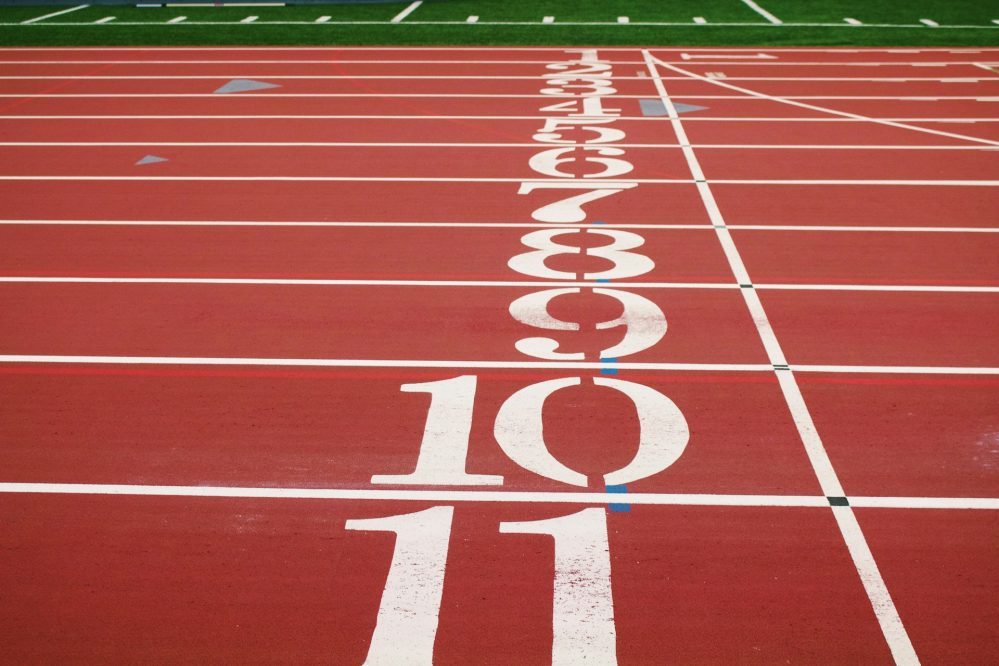
While the pre-event massage is like a wake-up call for athletes before an event, then the post-one is the much-needed cooldown that follows it. Once the adrenaline of the activity fades, it’s this massage that facilitates relaxation.
Purpose
The focus shifts from that previous state of activation to one of relaxation. A post-event massage aims to calm the body and release built-up tension.
Techniques
Post-event techniques are much slower, steady, and, most importantly, soothing than the ones of the pre-event massage. The massage therapist uses gentle strokes, light kneading, and some soft stretches to ease soreness and, once again, help with circulation.
Benefits
The primary advantage of this massage is recovery. The massage achieves this through various small benefits like reducing cramps and soreness, speeding up muscle repair, and helping prevent next-day stiffness. Regarding the mental benefits, the massage can reduce stress levels and leave athletes feeling refreshed rather than depleted.
Best for
As its name suggests, post-event massages are great for all athletes who have just completed some sort of event, game, or competition. It could be anyone—marathoners, cyclists, football players, tennis players, and many more.
Deep tissue massage
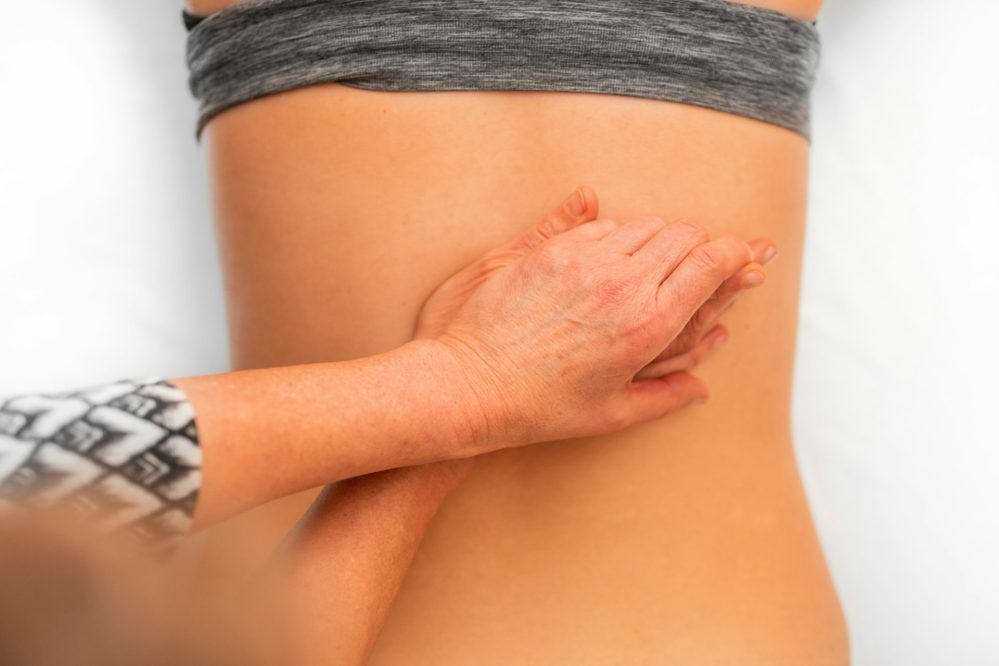
With a deep tissue massage, the massage therapist goes much further beneath the surface to reach the deeper muscles and connective tissue layers. This type aims to tackle long-term tension and knots.
Purpose
Athletes turn to deep tissue work when muscle tightness becomes more than just an occasional ache. It’s about addressing issues like chronic pain, stiff joints, and limited mobility.
Techniques
Deep tissue massage techniques focus on slow and firm movements. Therapists use elbows, knuckles, and forearms to apply deep pressure, often following the grain of muscle fibers. Deep tissue massage can feel quite intense, but that’s exactly why it works.
Benefits
Some of its main benefits include breaking down scar tissue, improving posture, and gradually realigning muscles to move freely again. Plus, over time, it can transform stiff, sore muscles into flexible, cooperative ones.
Best for
This specific sports massage is ideal for weightlifters, swimmers, wrestlers, and endurance athletes. The sports these types of athletes compete in usually require their bodies to carry the burden of repetitive stress and heavy training.
Myofascial release therapy
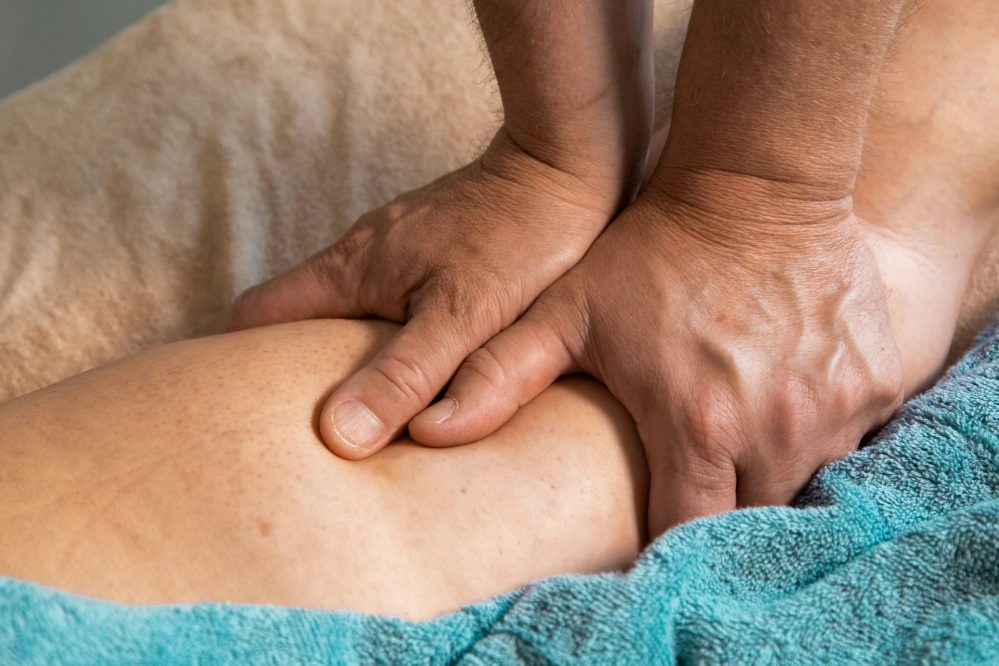
Myofascial release therapy focuses on the fascia—the connective tissue that wraps around muscles. You can think of this type of massage as a way of addressing your body’s wiring system, not just the machinery.
Purpose
Athletes often don’t realize that tight fascia can restrict movement just as much as tight muscles. So, the purpose behind this specific massage is to help loosen these restrictions and enable smoother, freer motion—particularly when it comes to cases where traditional massage hasn’t quite done the trick.
Techniques
This therapy uses slow, sustained pressure that, at times, is held for several minutes until the fascia can stretch and soften. The technique is less focused on dramatic movement and more on patience and waiting for the tissue to release.
Benefits
Greater flexibility, less chronic pain, and smoother movement patterns are some of the key benefits. In many ways, this type of massage complements the deep tissue one since it addresses the tension that sits just beneath the surface but influences the entire muscle group.
Best for
Myofascial release therapy is particularly suitable for endurance athletes like marathon runners and cyclists as they are the ones who most deal with repetitive motion stress. It’s also recommended for any athlete who feels stiffness that does not seem to be resolved with stretching.
Trigger point massage
While myofascial release is quite broad and all-encompassing, trigger point massage is the opposite in that regard. This type of massage is much like using a magnifying glass—it zeroes in on tiny knots that cause pain both where they are and in other surprising, distant areas.
Purpose
The aim of a trigger point massage is to find the source of the pain and release it. Many athletes rely on this type of massage to target the specific spots that limit their performance or range of motion.
Techniques
When therapists give such a massage, they apply direct and focused pressure—usually through their fingers, knuckles, or even elbows—until the trigger points or knots are released. The sensation is intense, but it does bring noticeable relief, oftentimes immediately.
There are instances when this type of massage is combined with gentle stretching. The reason behind this is to lengthen the muscle after the tension melts away.
Benefits
Among its many benefits, arguably, the most important one is that trigger point therapy relieves muscle pain and tension. By doing so, it restores freedom of movement and prevents overuse injuries.
Best for
Among the athletes that benefit most from this therapy are tennis players, golfers, swimmers, and cyclists. These groups are the ones who most use repetitive motions, which create those pressure points that need treatment.
Lymphatic drainage massage
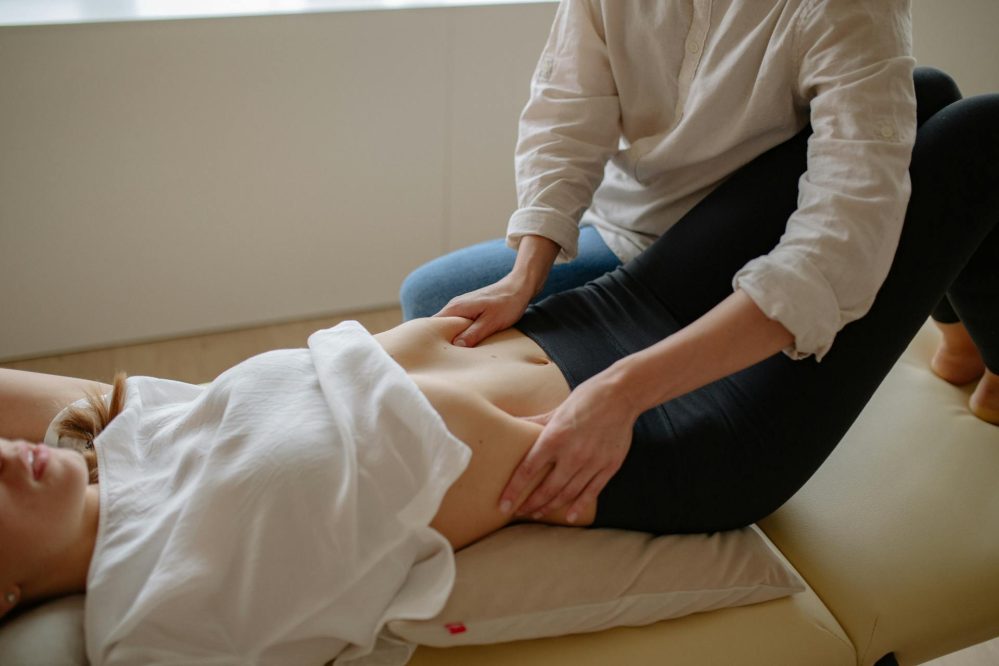
While deep tissue and trigger point massages can feel intense, lymphatic drainage massage is the exact opposite: gentle, rhythmic, and calming.
Purpose
This massage helps athletes flush out waste as well as reduce swelling after intense training. It’s like cleaning up after a big event—removing the clutter so the body can return to balance.
Techniques
The primary techniques for this type of massage include light, circular strokes and soft pumping movements. The reason behind them is to stimulate the lymphatic system and thus help the body remove toxins and excess fluid naturally.
Benefits
The benefits of this massage include reduced swelling and muscle soreness, as well as a general boost to immunity that leaves athletes feeling rejuvenated.
Best for
This is another sports massage therapy type that mainly suits endurance athletes. But, it is also a big hit among those who are recovering from injuries or anyone who is experiencing muscle fatigue and fluid retention after competitions.
Active release therapy (ART)
Active Release Therapy, often abbreviated to ART, is a bit of a hybrid. This type is hands-on, similar to deep tissue, but in addition to that, it also involves movement. So, it blends aspects of both massage therapy and movement-based therapies.
Purpose
The purpose of ART is to identify and treat soft tissue injuries or conditions that affect muscles, tendons, ligaments, and fascia. It specifically targets issues like scar tissue, adhesions, and muscle tightness—all of which tend to restrict an athlete’s movement and cause pain.
Techniques
What sets this type of sports massage therapy apart is that the therapist applies precise manual manipulation and guides the athlete through specific movement patterns. While the therapist uses their hands to apply deep pressure to the affected soft tissue, the athlete actively moves the body part in specific directions. So, it’s an active process that requires the two to work closely together.
Benefits
Active release therapy offers a range of benefits for athletes. It can help enhance performance as well as recovery, if needed, through alleviating muscle and joint pain. Moreover, the techniques used help with flexibility and range of motion as well.
Best for
ART is especially helpful for athletes who engage in repetitive movements or high-intensity sports. So it’s best for runners, cyclists, tennis players, basketball players, football players, soccer players, swimmers, and weightlifters.
How Often Should Athletes Get a Sports Massage?
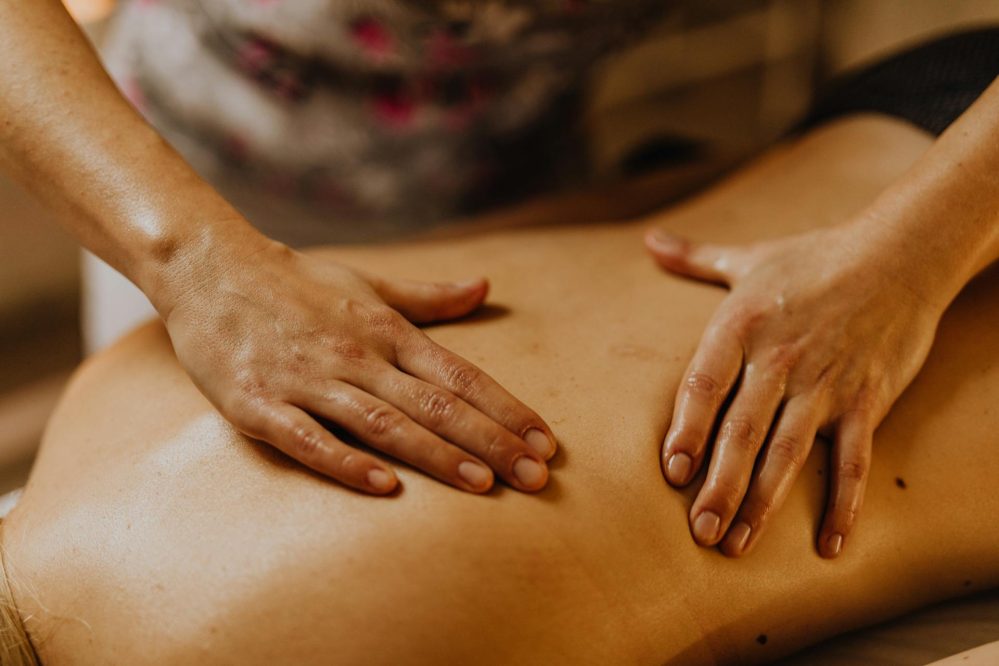
The number of sports massages an athlete should get really depends on a few key factors, like how hard they’re training, the type of sport they’re involved in, as well as whether they’ve had any previous injuries.
Athletes with demanding training routines, for example, or those recovering from injuries may find it helpful to get a massage at least once or twice a week. For others, getting one about once a month might be enough to keep their muscles in good shape.
However, in all cases, it’s best to listen to your body. If you’re noticing tight muscles, soreness, stiffness, or a loss of flexibility, those are signs your body might need some massage therapy.
Wrapping Up
Sports massage therapy provides relief for so many people, especially those whose lives are intertwined with movement, whether through training, competition, or physical work.
At the American Institute of Alternative Medicine (AIAM), we offer the perfect solution for both aspiring therapists and those seeking massage therapy services. Our medical massage therapy program is designed to provide you with the knowledge and skills needed to become a successful massage therapist, while our massage clinic offers professional treatments for anyone in need of relief.
When it comes to massage therapy, AIAM is the answer!
Frequently Asked Questions (FAQs):
Is there a difference between sports massage and physiotherapy?
Yes, the two generally differ. Sports massage mainly targets muscle tension, flexibility, and recovery, whereas physiotherapy covers a wider range of treatments for injuries, addressing both the cause and rehabilitation of physical conditions.
Are there any risks or side effects of sports massage?
Sports massage is typically safe, though some might experience mild soreness or bruising, especially after deeper techniques. It’s always a good idea to communicate with your therapist about it.